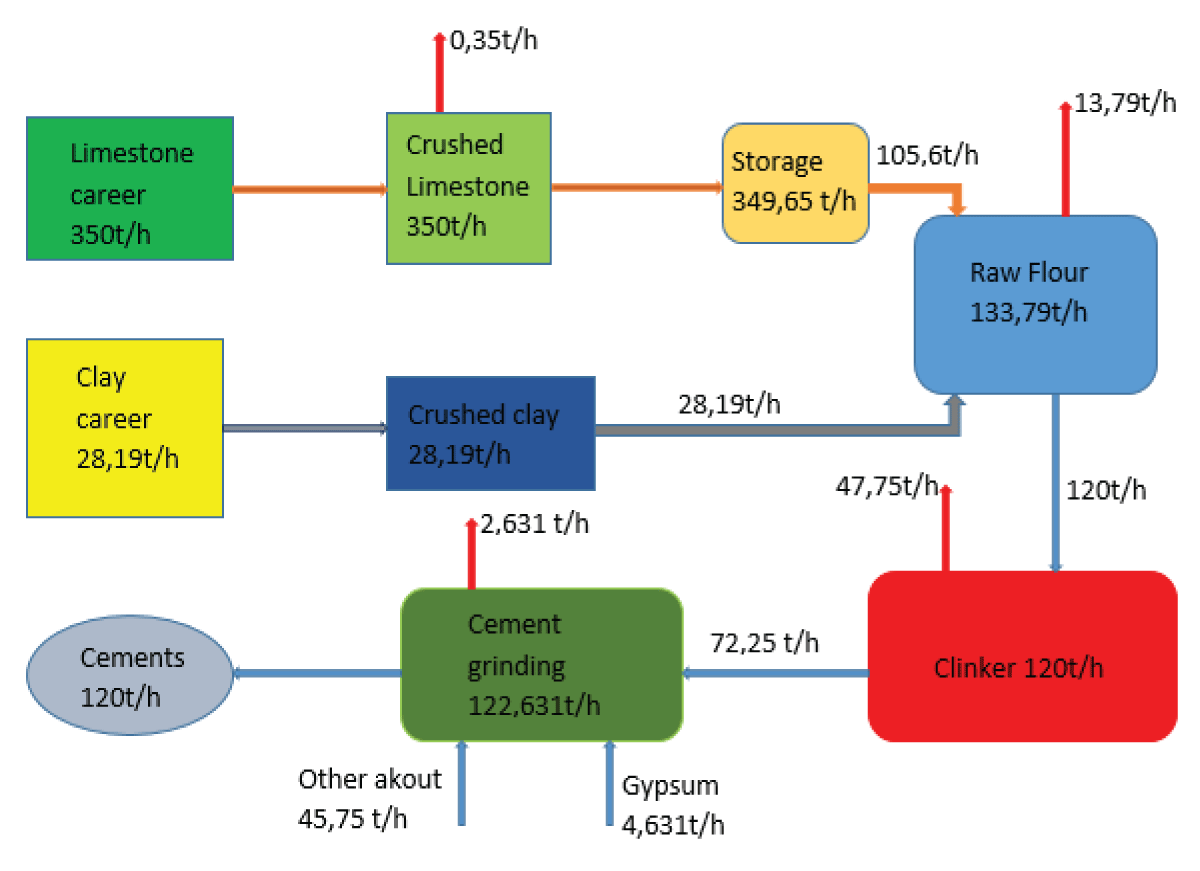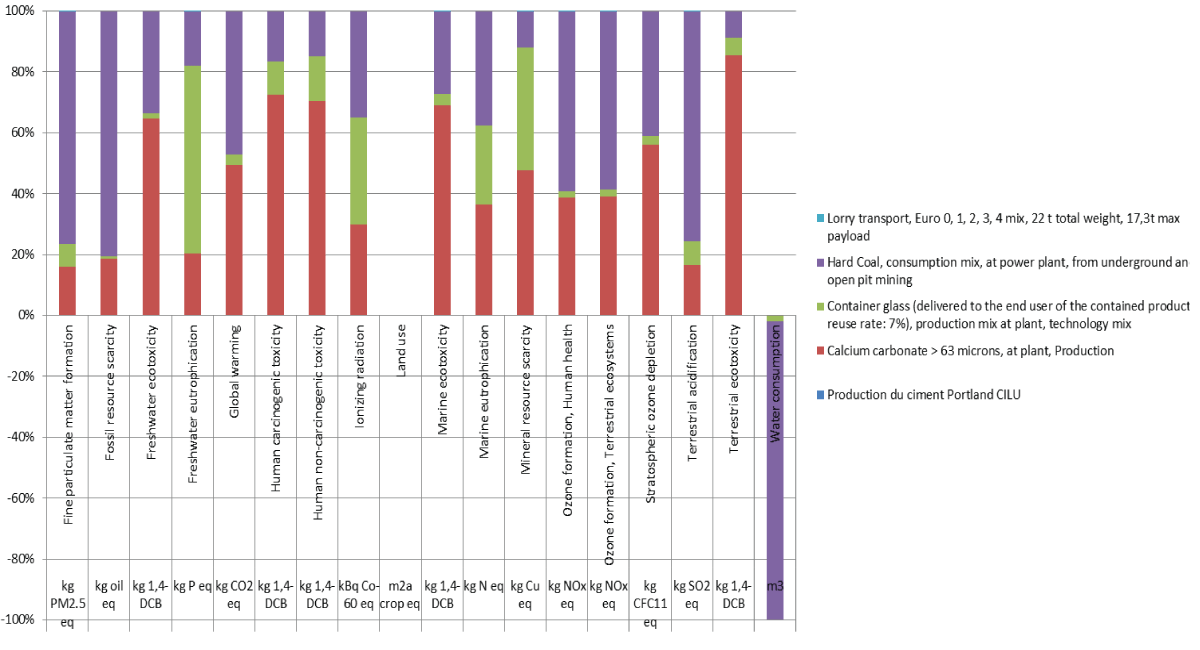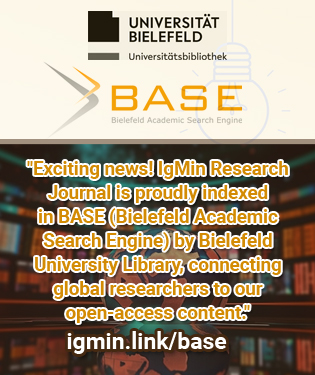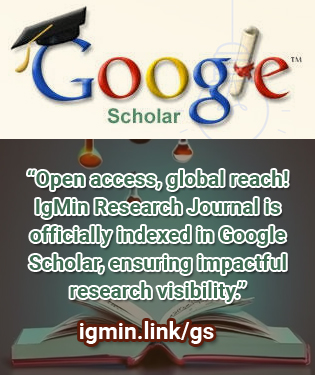要約
This paper presents an in-depth Life Cycle Assessment (LCA) of the Lukala Cement Plant, highlighting the environmental impacts associated with cement production. The cement industry, as one of the largest emitters of CO2, raises major sustainability concerns, particularly due to the deleterious effects on climate and public health. The objectives of this research include not only assessing greenhouse gas emissions but also identifying concrete methods to reduce these impacts. The study reveals that the Lukala Cement Plant emits approximately 579,130 tons of CO₂ per year, mainly from the decarbonation of limestone (67%) and the clinkerization process (33%). These figures far exceed regulatory thresholds, highlighting the urgency of rapid and effective intervention to mitigate these emissions. The LCA identified the most polluting production steps, including extraction, grinding, and clinkerization, paving the way for targeted and strategic improvements. Opportunities for optimization were identified, including the use of less pure limestone, the integration of recycled materials, and the transition to renewable energy sources for the clinkerization process. This research is crucial in the current context of the fight against climate change. As a major contributor to greenhouse gas emissions, the cement industry must imperatively adopt sustainable practices. LCA provides a robust methodology to quantify environmental impacts and identify appropriate solutions. The results of this study can be applied to other cement plants around the world, serving as a model for other carbon-intensive industries. Future research should explore the integration of innovative technologies, such as carbon capture and storage, and the use of alternative materials in cement production. This study highlights the importance of immediate and coordinated action to transform the cement industry into a sustainable sector, ensuring economic profitability while protecting the environment for future generations. Commitment to environmentally responsible production practices is not only desirable but also essential to ensuring a sustainable future.








